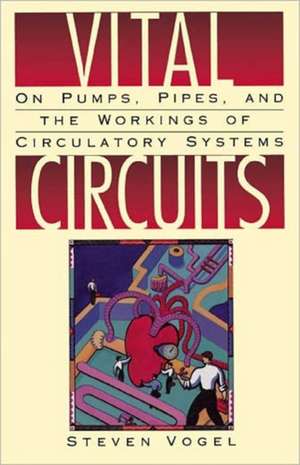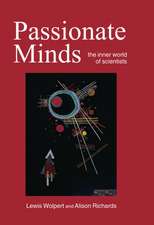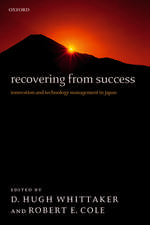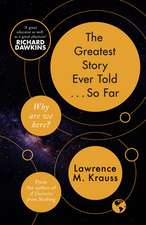Vital Circuits: On Pumps, Pipes, and the Wondrous Workings of Circulatory Systems
Autor Steven Vogelen Limba Engleză Paperback – iul 1993
Preț: 364.06 lei
Preț vechi: 467.91 lei
-22% Nou
Puncte Express: 546
Preț estimativ în valută:
69.71€ • 72.58$ • 57.83£
69.71€ • 72.58$ • 57.83£
Carte tipărită la comandă
Livrare economică 03-10 februarie
Preluare comenzi: 021 569.72.76
Specificații
ISBN-13: 9780195082692
ISBN-10: 0195082699
Pagini: 336
Ilustrații: line figures and graphs
Dimensiuni: 139 x 216 x 21 mm
Greutate: 0.46 kg
Editura: Oxford University Press
Colecția OUP USA
Locul publicării:New York, United States
ISBN-10: 0195082699
Pagini: 336
Ilustrații: line figures and graphs
Dimensiuni: 139 x 216 x 21 mm
Greutate: 0.46 kg
Editura: Oxford University Press
Colecția OUP USA
Locul publicării:New York, United States
Cuprins
Plumbing; Pumps and pipes; Getting there; Pressure; How blood moves; Why move blood; Pliant pipes; Hearts, again; Moving oxygen; Moving heat; Tiny vessels; Control; Leftovers; And, finally; Glossary; References.
Recenzii
what Vogel has achieved is an extremely well-written scientific "novel" ... a source of very valuable information. This book brings back the days when scientific texts were written not only to put forth hard scientific information but also to entertain and delight. Recommended for students enrolled in anatomy and physiology courses as well as those who enjoy reading "science".
Vogel won the first Irving and Jean Stone prize for Science Writing for Public Understanding with his previous book Life's devices. He could win it again with this masterpiece.
The author ... approaches this demanding task with a keen intelligence savoured by humour and a propensity for a multidisciplinary synthesis. There is considerable stimulation and satisfaction to be gained from reading a book which is so engagingly written and well integrated by virtue of its many facted approach. A spirit of enquiry imbues the text consequently the reader can savour the excitement of scientific discovery. In so doing a wealth of authentic and fastidiously researched information is made painlessly accessible to the non-specialist.
Vogel won the first Irving and Jean Stone prize for Science Writing for Public Understanding with his previous book Life's devices. He could win it again with this masterpiece.
The author ... approaches this demanding task with a keen intelligence savoured by humour and a propensity for a multidisciplinary synthesis. There is considerable stimulation and satisfaction to be gained from reading a book which is so engagingly written and well integrated by virtue of its many facted approach. A spirit of enquiry imbues the text consequently the reader can savour the excitement of scientific discovery. In so doing a wealth of authentic and fastidiously researched information is made painlessly accessible to the non-specialist.












